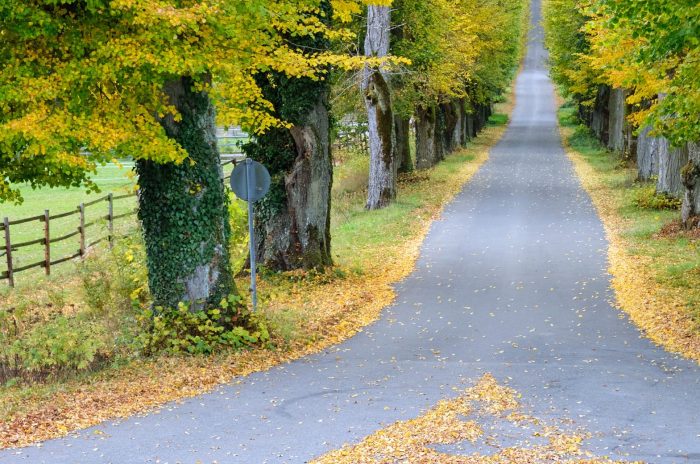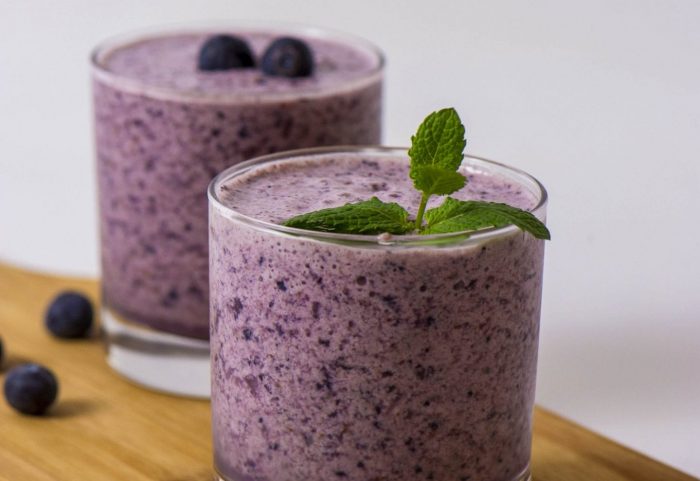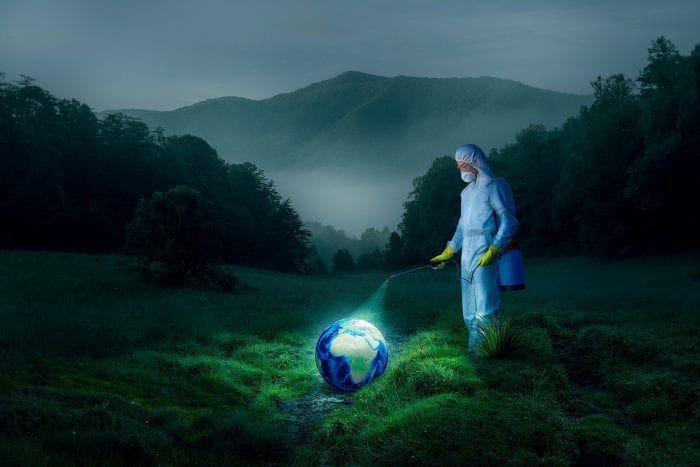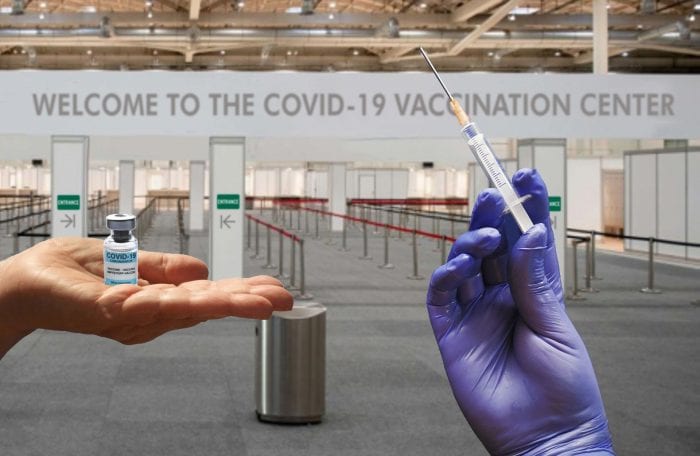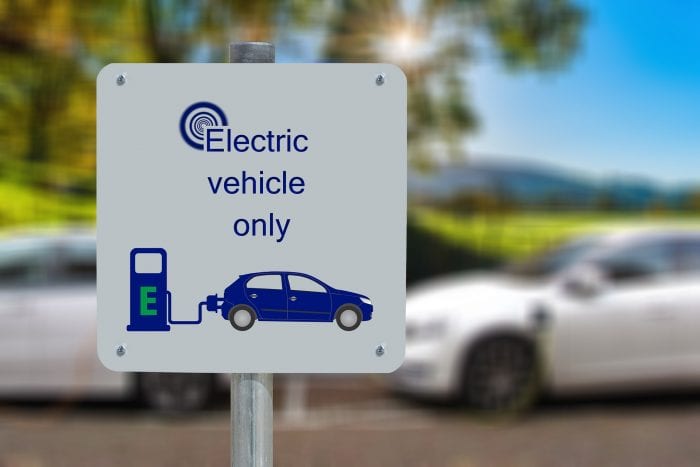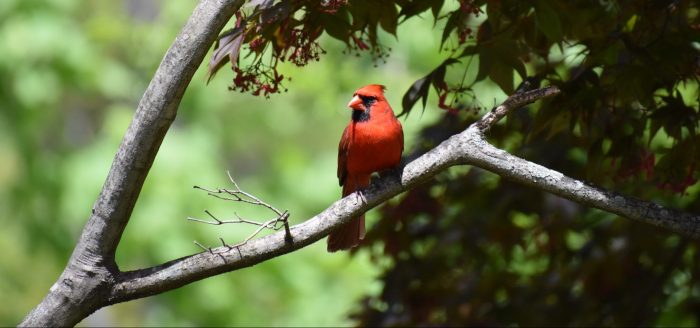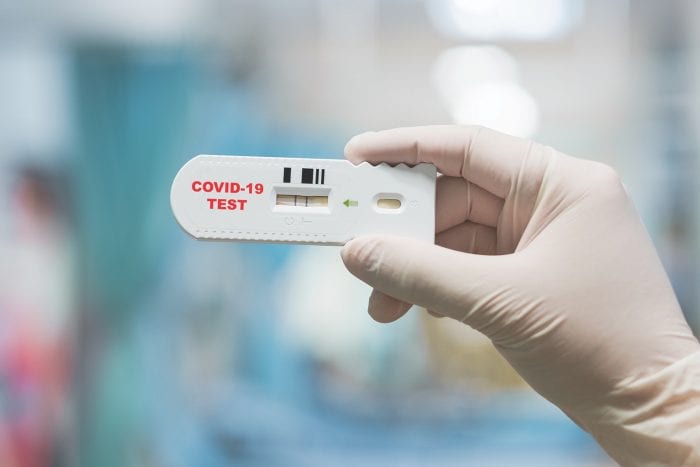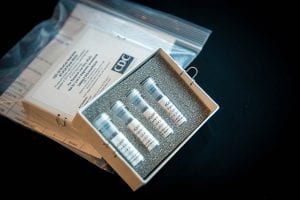By Leah S. Dunaief

“What are you doing for enrichment these days, now that you can’t see a Broadway play or go to the opera or comfortably travel to new countries?” asked a longtime friend the other day. “Do you feel like you are in a desert?”
I had to think about that for a moment. True, those events she mentioned that I so enjoy have been on hold throughout this unimaginable pandemic we are enduring, and I certainly miss them. While I have my work with the newspapers and digital media that keeps me happily occupied, the pleasure I take in the cultural side of my life has not disappeared. It’s just changed. I’ll tell you how and see if you agree.
Yes, I love to travel. But, you know, reading books and taking trips have much in common. A faithful subscriber, who writes to me often and sends me clippings that he finds interesting, sent me a column from The Wall Street Journal by Elizabeth Bernstein.
“Books expand our world, providing an escape and offering novelty, surprise and excitement, which boost dopamine,” she comments. “They broaden our perspective and help us empathize with others. And they can improve our social life, giving us something to connect over.” She could just as correctly be describing travel.
Bernstein goes on to quote Mitchell Kaplan, owner of independent book stores Books & Books and co-founder of the Miami Book Fair. “You disconnect from the chaos around you. You reconnect with yourself when you are reading.”
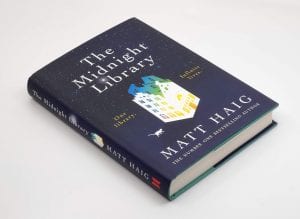
I certainly agree. At the moment, I am reading The Midnight Library by Matt Haig. In this New York Times bestseller, he takes up a subject that has at one time or another occurred to all of us: what if I had taken another road in my earlier life? It brings to mind the Robert Frost poem, “The Road Not Taken,” as it deals with the many choices the young heroine in the novel could have made differently.
And ultimately, the story reconnects us with ourselves, as travel does for me. What if I had gone south instead of north on my trip? What would I have experienced? Whom would I have met? That is not so different from: what if I had gone to a different college, taken a different major, married a different person, settled in a different place? Books, like travel, stimulate, entertain, and if they are good books with universal themes, speak to you personally.
Of course, you don’t get to eat the different native cuisine when you read that you do when you travel. Books and travel: analogous but not the same. Yes, books are a magic carpet that can transport you to any place in the universe, but I surely do miss the physicality of travel, of throwing a few articles of clothing and my toothbrush into a suitcase and hitting the road.
As to other enrichment in my life, I have become captivated by movies on streaming services like Netflix and Hulu. Well, some of those films offer cultural enrichment, some just good old entertainment. I fell in love with Outlander, the time-travel series I stayed up until all hours binge-watching, as I have previously mentioned. Since then there have been many that I would recommend, including some that were finalists for the Golden Globes awards that I was able to watch on my Smart TV.
Nomadland, which won for best motion picture, is about a slice of life in America that few of us see. The story follows an older widow who outfits her vehicle so that she can live in it and travels around the Southwest, working occasional spot jobs to sustain her along the way. She meets up with others doing the same, and they are mutually supportive even as they are fiercely independent. Her journey is one of self discovery, revealed through her choices, even at an advanced age.
Others I have enjoyed include The Dig, The Trial of the Chicago Seven, East Side Sushi, Penguin Bloom, Red Sea Diving Resort and the delightful series, Firefly Lane. I don’t feel like I am in a cultural desert, but I want it all back.

